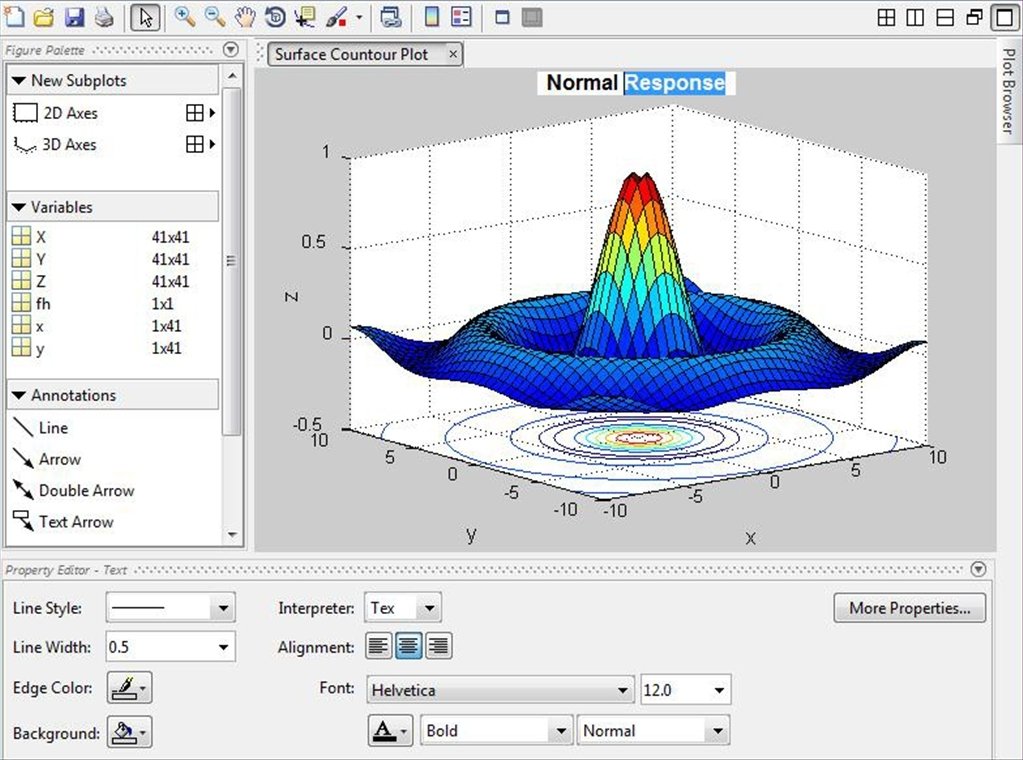

Is it worth doing it this way, with a penalty for sort and two effective ismember calls? Maybe not, but I think it's an interesting solution. Testing operation with unsorted B: B(4:5) = B()įirstInds = builtin('_ismemberfirst',A,Bs) For example, I would like MATLAB to automatically detect the rectangle area marked by the red color in the image below, then crop that part only. Looking closer at the third element: > allInds The first two cells are empty arrays, as expected. Įach cell has the indexes in B (if any) of each element of A. This function is used within the stock Matlab ismember and setxor functions for fast processing of the core ismember functionality in regular cases: arrays of sorted, non-sparse, non-NaN data in which we’re only interested in the logical membership information (not the index locations of the found members). tf ismember(A,S) returns a vector the same length as A containing logical true ( 1 ) where the elements of A are in the set S, and logical false ( 0 ). We can quickly do this lookup and package each range of indexes with arrayfun, keeping in mind that the computationally intensive task of actually finding the indexes is already done: allInds = We are able to ignore sortInds in the above example since B is already sorted, but an unsorted B is handled by simply looking up the locations in the unsorted array. The value 4 ( A(3)) occurs at locations 2:4 (i.e. You will have to apply the ismember functio on every cell in the array, e.g. There is no occurrence of A(1) or A(2) (5 or 3) in B, so those indexes are 0. In your case convertStringsToChars will return a cell array. Usage in your case: boolarray numpy.in1d(array1, array2) Note: It also accepts lists as inputs. In contrast to other answers, numpy has the built-in numpy.in1d for doing that.

The heavy lifting is now done - We have the first and last indexes in B for each element in A without having to do any looping. def ismember(A, B): return np.sum(a B) for a in A This should very much behave like the corresponding MALTAB function. The thinking goes as follows: In a sorted B, what if you had the first and last indexes of each matching element? It turns out there are two helper functions used by ismember (if you have R2012b+, I think) that will give you both of these indexes: _ismemberfirst (a builtin) and ismembc2.įor the example data A = B = in the question, here is the implementation: = sort(B) % nop for this B, but required in generalįirstInds = builtin('_ismemberfirst',A,Bs) % newish version required for each element of A, find the indexes of all corresponding elements in B). However, for those interested in a solution with undocumented functionality, and an admittedly hackish approach, here is another way to do it (i.e. those without using iterations of find) involve swapping the inputs to ismember and grouping like indexes with accumarray, as in Eitan's answer, or vectorizing the find with bsxfun as in Luis Mendo's answer, IMHO. 21 73 if nargout > 1 74 = ismember(char(a),char(s(chunk)),'rows') 75 loc = max(loc,(locstep + chunkStart - 1).*(locstep > 0)) 21 76 else 0.The most elegant solutions (i.e. 14 % $Revision: 1.10.4.7 $ $Date: 1 16:31:12 $ 15 16 17 % handle input 21 18 nIn = nargin 21 19 if nIn 3 25 error('MATLAB:ISMEMBER:NumberOfInputs','Too many input arguments.') 26 end 0 21 69 chunkStart = max(chunkEnd - offset,1) 21 70 chunk = chunkStart:chunkEnd 21 71 chunkEnd = chunkStart -1 72 % Only return required arguments from ISMEMBER. 10 % 11 % See also UNIQUE, INTERSECT, SETDIFF, SETXOR, UNION. The ismember function performs exact comparisons and determines that some of the matrix elements in x are not members of y. 6 % 7 % = ISMEMBER(.) also returns an index array LOC containing the 8 % highest absolute index in S for each element in A which is a member of S 9 % and 0 if there is no such index. Use ismember to find the elements of x that are in y. Here is my problem: M 927862531 (a: roughly 100M rows) x 7491 (b: of rows can vary from 100 to 10K) I want to find rows in b that co-exists in a (the row indices of a).

3 % ISMEMBER(A,S) for the cell array of strings A returns a logical array of 4 % the same size as A containing 1 where the elements of A are in the set S 5 % and 0 otherwise. My question is about finding an alternative approach to what ismember() does in MATLAB in a much more faster way. Function listing time calls line 1 function = ismember(a,s,flag) 2 %ISMEMBER True for set member for cell array of strings.


 0 kommentar(er)
0 kommentar(er)
